Leased Ad Space
The Ultimate Guide to Car Battery Replacement
Published by Catherine Saylor — 06-15-2024 03:06:06 AM

A car battery is an indispensable component of your vehicle, providing the electrical power necessary to start the engine and operate all electronic systems. Over time, even the best batteries lose their ability to hold a charge, leading to potential vehicle breakdowns. Ensuring your battery is in good condition and knowing when to replace it are vital aspects of car maintenance. This guide delves into the essential aspects of car battery replacement, providing you with the knowledge needed to maintain your vehicle’s electrical heart.
Understanding Car Battery Basics
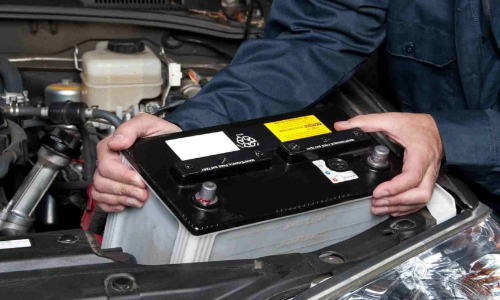
A car battery serves as a rechargeable energy storage device, supplying the electricity required for engine ignition and powering electrical components like lights, radios, and air conditioning systems. Typically, car batteries are lead-acid batteries, which consist of lead plates immersed in an electrolyte solution composed of sulfuric acid and water. These batteries store chemical energy that is converted into electrical energy, facilitating the operation of your vehicle.
Signs Your Car Battery Needs Replacement
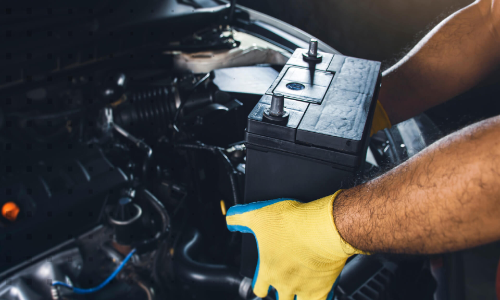
Recognizing the signs of a failing battery can save you from unexpected breakdowns. One common indicator is a slow engine crank, where your vehicle takes longer to start than usual. This could be due to a weak battery struggling to provide sufficient power. Another sign is the battery warning light on your dashboard, which alerts you to potential issues with the battery or charging system.
Dim headlights and flickering dashboard lights often indicate a failing battery, as it can no longer maintain a consistent power output. Additionally, visible corrosion on the battery terminals is a sign that the battery is deteriorating and may need to be replaced soon. Lastly, consider the age of your battery; most car batteries last between three to five years. If your battery falls within this range or is older, it’s advisable to have it tested and potentially replaced.
Selecting the Right Car Battery
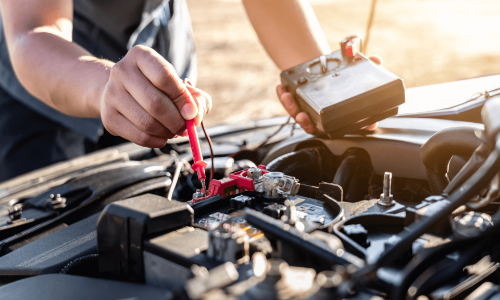
Choosing the correct battery for your vehicle is crucial for optimal performance and longevity. Start by ensuring the battery size matches your car’s requirements. You can refer to your vehicle’s manual or consult with a professional to determine the appropriate size. The Cold Cranking Amps (CCA) rating is another important factor, especially if you live in a region with cold weather. CCA measures the battery’s ability to start the engine in cold temperatures, with higher ratings being more effective in colder climates.
The Reserve Capacity (RC) rating indicates how long the battery can power your vehicle if the alternator fails, so a higher RC rating is generally preferable for ensuring reliability. When selecting a battery, opt for reputable brands known for quality and durability. A good warranty can also provide peace of mind, offering coverage in case of defects or premature failure.
Steps to Replace a Car Battery
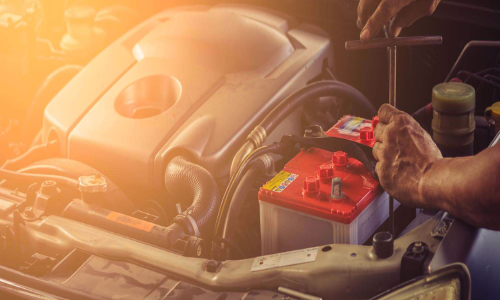
Replacing a car battery is a relatively straightforward process, but it requires attention to detail and adherence to safety protocols to prevent damage or injury. Begin by turning off your engine and removing the keys from the ignition to eliminate any risk of electrical shocks. Safety gear, such as gloves and safety glasses, should be worn to protect against potential acid splashes and sparks.
The first step in the replacement process is to disconnect the negative battery terminal. This is typically marked with a minus sign (-) and is often black in color. Using a wrench, loosen the nut and remove the cable from the battery terminal. Repeat the process for the positive terminal, usually marked with a plus sign (+) and colored red.
Next, remove any hold-down clamps or brackets securing the battery in place. Carefully lift the old battery out of the vehicle, keeping it upright to avoid spilling any acid. With the old battery removed, take the opportunity to clean the battery tray and terminals using a battery cleaning solution or a mixture of baking soda and water. This helps prevent corrosion and ensures a good electrical connection.
Position the new battery in the tray and secure it with the hold-down clamp or bracket. Reconnect the positive terminal first, followed by the negative terminal, ensuring both are tightened securely. Check all connections to make sure there is no movement or looseness, which could lead to poor performance or damage. Finally, start the engine to verify that the new battery is functioning correctly and that all electrical systems are operating as expected.
Maintaining Your Car Battery
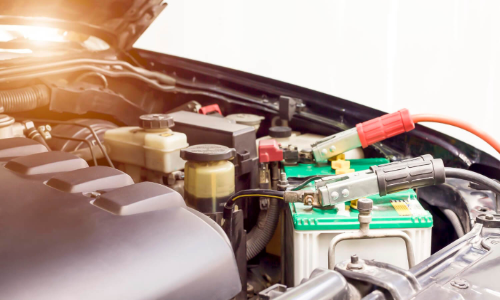
Proper maintenance can significantly extend the life of your car battery and prevent unexpected failures. Regular inspections are crucial; check your battery and terminals frequently for signs of corrosion, leaks, or damage. Keeping the terminals clean and free of corrosion ensures a solid electrical connection, reducing the risk of performance issues.
Ensure that the battery is securely mounted in its tray to prevent movement and potential damage while driving. Avoiding frequent short trips can also help prolong battery life, as short journeys don’t provide enough time for the battery to fully recharge. If possible, combine short trips or take longer drives occasionally to allow the battery to recharge properly.
When the engine is not running, make sure to turn off all lights, radios, and other electrical accessories to prevent unnecessary battery drain. Additionally, keep track of your battery’s age and replace it proactively if it’s approaching the end of its lifespan.
The Importance of Professional Assistance
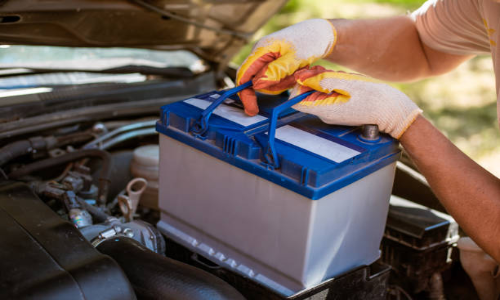
While some car enthusiasts may feel comfortable replacing their battery themselves, others may prefer the expertise of professional technicians. Professionals have the necessary tools and knowledge to perform the replacement quickly and safely, ensuring that the battery is installed correctly and that all connections are secure. They can also conduct a thorough inspection of your vehicle’s electrical system to identify any potential issues that could affect battery performance.
Professional services often include the disposal of the old battery, which is important given the environmental hazards posed by lead-acid batteries. By opting for professional assistance, you can ensure that your battery replacement is conducted in an environmentally responsible manner, adhering to all relevant regulations. If you’re looking for a car specialist to opt for car ac repair, car engine repair, car oil change, car transmission replacement and car battery replacement service in Dubai. So, you can connect with Service My Car and get the best service at a very reasonable price.
Conclusion
A well-maintained car battery is essential for the reliable operation of your vehicle. By understanding the basics of car batteries, recognizing the signs of a failing battery, and knowing how to replace it, you can avoid inconvenient breakdowns and ensure your vehicle remains in top condition. Regular maintenance and timely replacement are key to keeping your car’s electrical systems functioning smoothly. Whether you choose to replace the battery yourself or seek professional assistance, taking care of this critical component will contribute to a seamless and enjoyable driving experience.
About Catherine Saylor
Hey, I am Catherine Saylor. I am a B-Tech graduated in Software Engineering and qualified Web Developer. I am living in Dubai and working in Dubai based Peugeot service center. I have profound knowledge of all types of business websites and have more then 4 years hand-on experience in web developing. Our service center provides all type of Peugeot repair and services. If you face any issue in your Peugeot or if you're looking for your Peugeot servicing. So, you can connect with us and get the best Peugeot repair and servicing in Dubai without letting you go anywhere.


